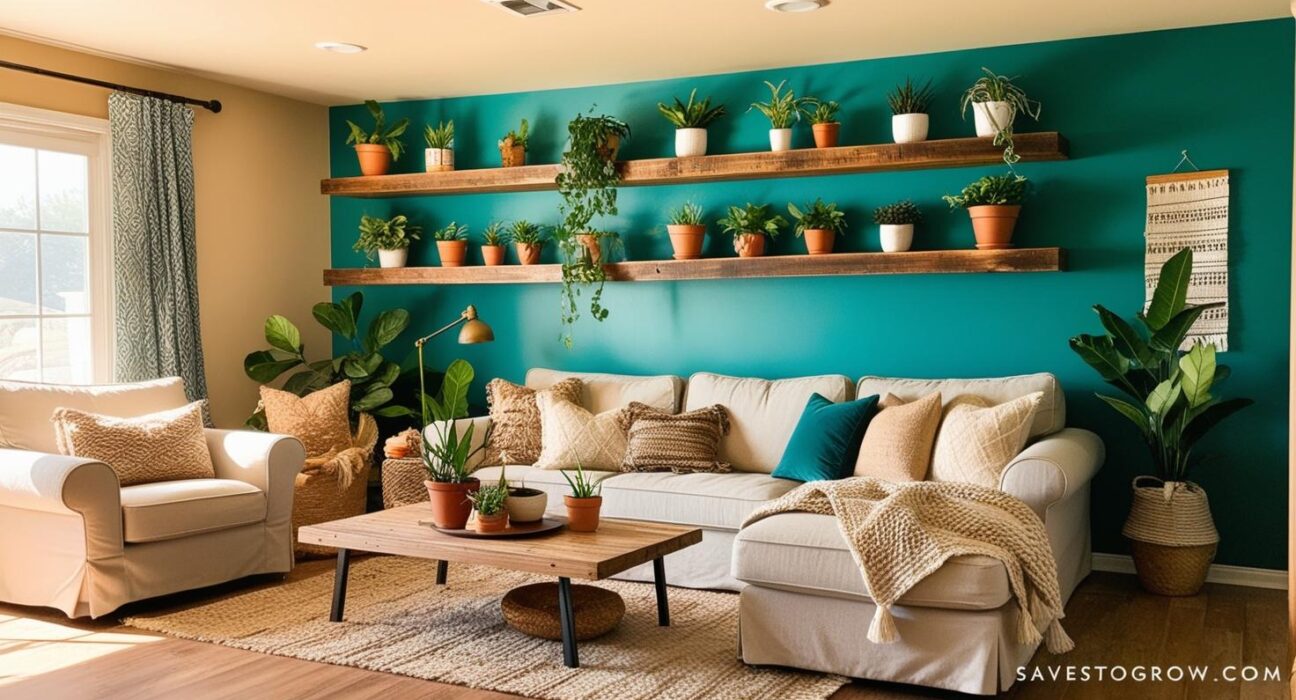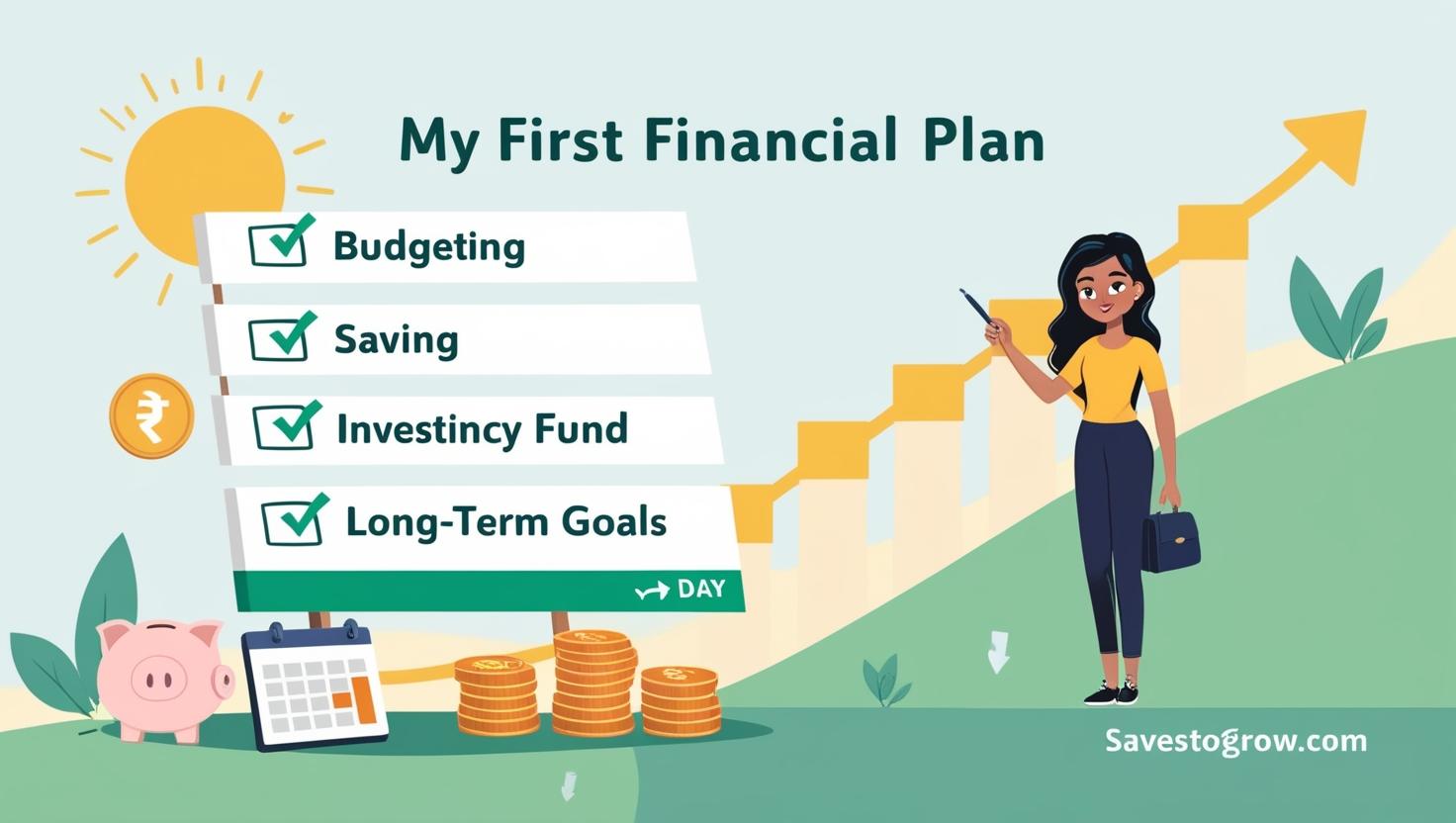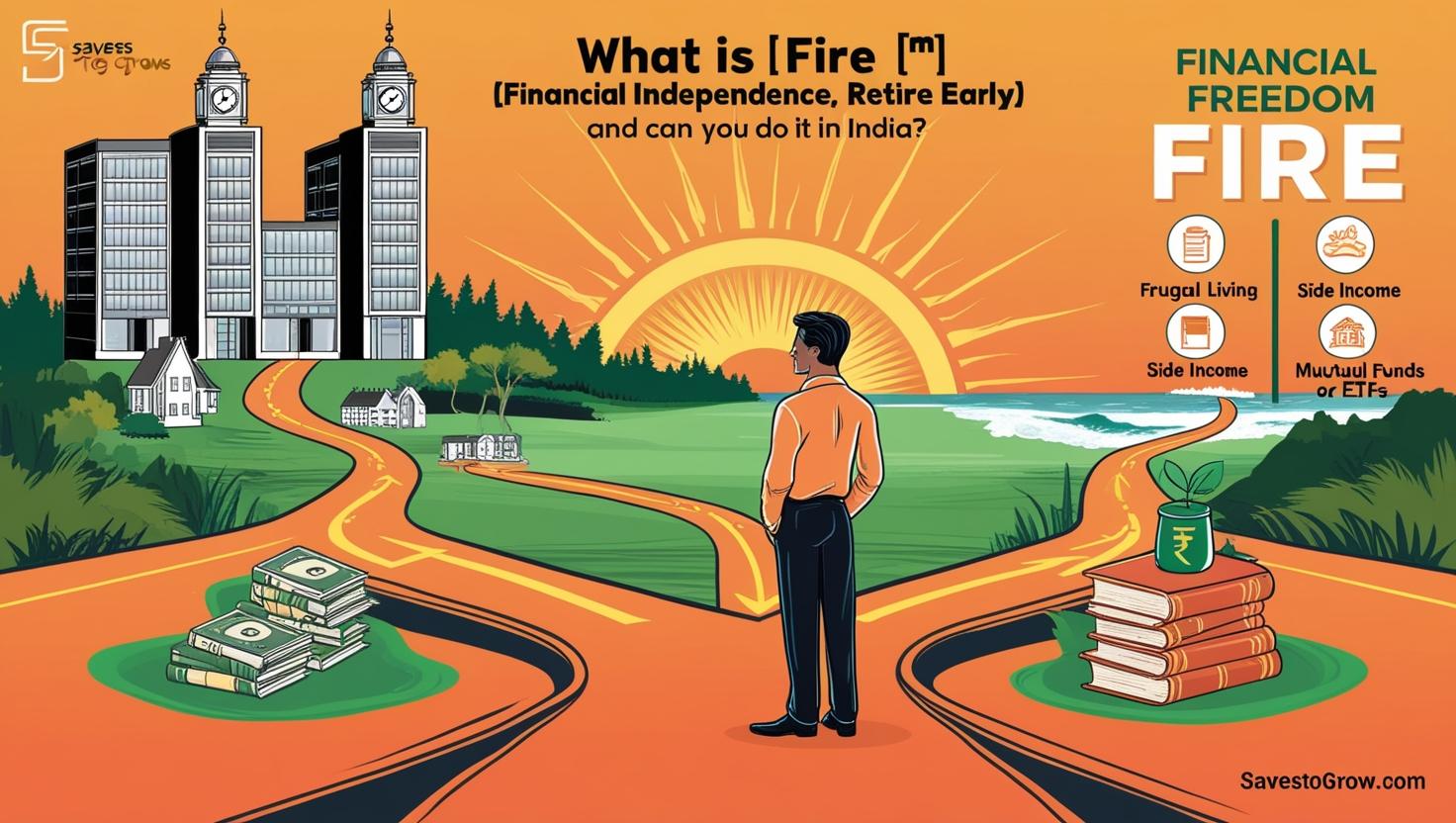I used to scroll Pinterest for ideas. Now, I build them myself.
Three years ago, I paid $300 for a guy to install shelves. Last weekend, I built a better set for under $40—no fancy tools, just a drill, YouTube, and a bit of patience.
It wasn’t just about saving money. It was about taking control of my space—and my budget.
If you’re tired of overpriced renovations and soulless decor, here’s how to DIY your way to a better home, without draining your wallet.
Why DIY Is the Smart Money Move
Let’s get one thing straight: DIY isn’t about being cheap. It’s about being resourceful.
Here’s why DIY projects beat outsourced upgrades:
- Lower costs (labor is 50–70% of most home project prices)
- Customization to fit your needs and style
- Skill-building that pays off long-term
- Emotional ROI: There’s pride in creating something with your own hands
“Save money. Build skills. Own your space.” That’s the real DIY mindset.
5 Beginner-Friendly DIY Projects That Actually Pay Off
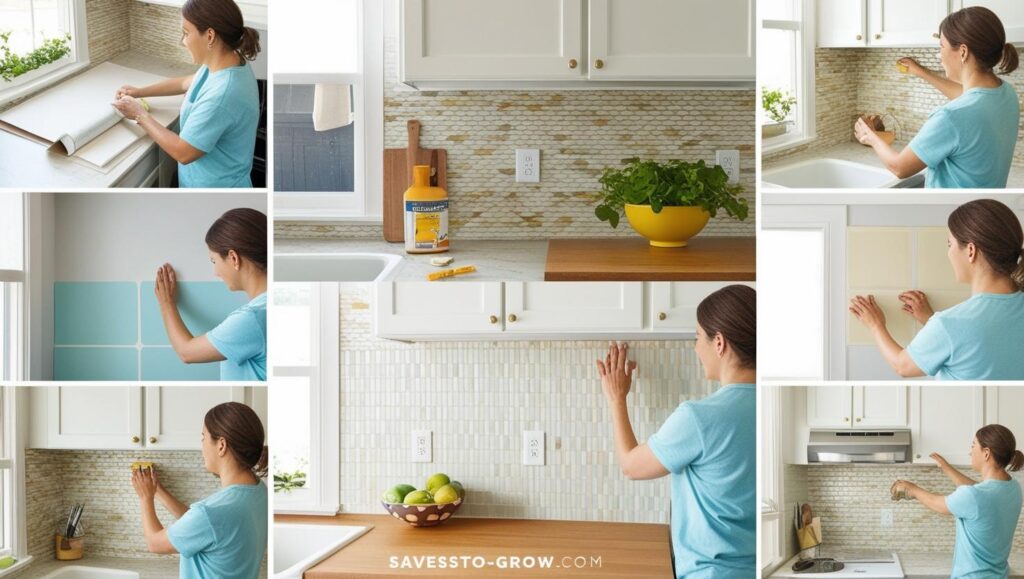
These are simple enough for anyone, even if you’ve never held a power tool:
1. Floating Shelves
- Cost: ~$30 per shelf
- Why: Adds storage and style without bulk
- Tools: Drill, level, brackets, wood planks
2. Peel-and-Stick Backsplash
- Cost: ~$60 for a kitchen wall
- Why: Huge aesthetic upgrade, no tile cutter needed
- Time: 1 afternoon
3. Paint an Accent Wall
- Cost: ~$50 (paint, roller, tape)
- Why: Adds depth, mood, and personality
- Tip: Go bold—navy, forest green, or even matte black
4. Build a Raised Garden Bed
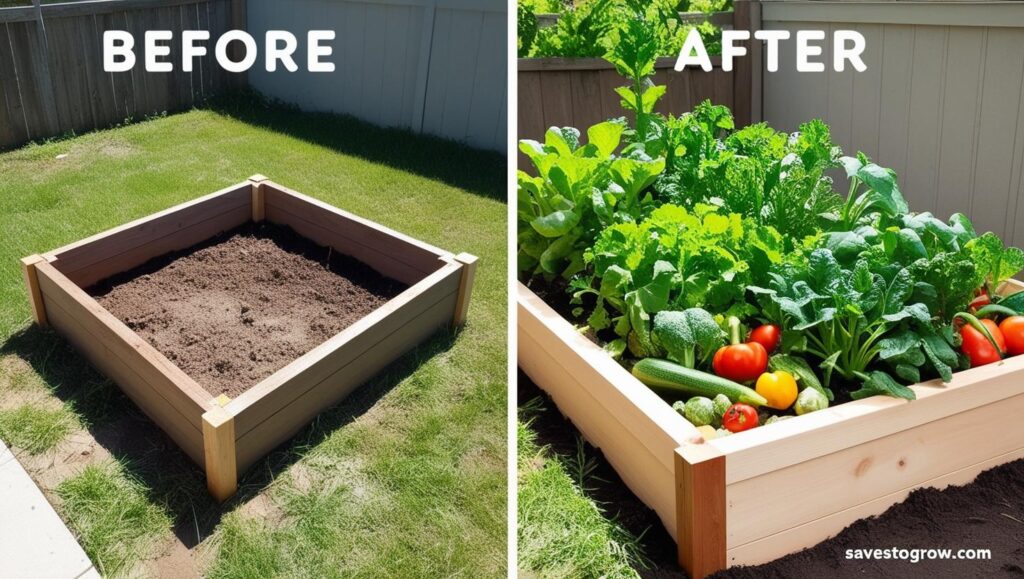
- Cost: ~$70
- Why: Grow your own herbs/veggies = long-term savings
- Bonus: Therapeutic as hell
5. Install Smart Lighting
- Cost: ~$25 per bulb or switch
- Why: Energy savings + mood control
- Tools: Just a screwdriver and a smart home app
My DIY Wins (and Failures That Taught Me)

Win: I turned a boring entryway into a mudroom with hooks, a bench, and baskets, for under $100.
Fail: Tried to install a ceiling fan without cutting the power. Never again.
Moral? DIY teaches you fast, especially when you mess up. But every mistake is a step toward mastery.
Tools You’ll Actually Use (Not Just Store)
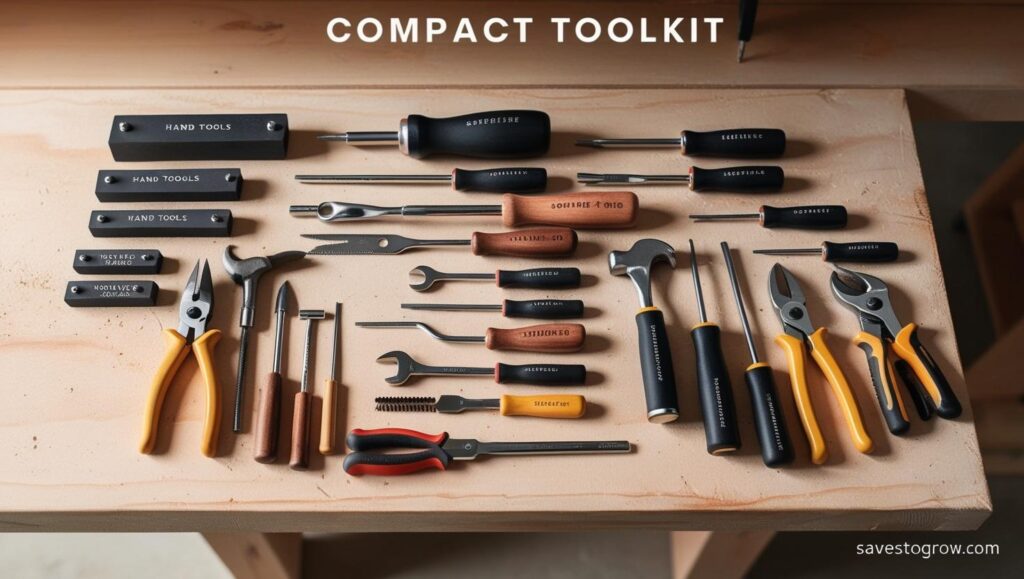
Here’s a minimalist starter kit:
- Cordless drill
- Stud finder
- Level
- Tape measure
- Basic screwdriver set
- Sanding block
- Painter’s tape
These 7 tools cover 90% of basic home upgrades.
How to Learn DIY (Fast and Free)
You don’t need to take a course. Use these:
- YouTube Channels: Home RenoVision DIY, DIY Creators, The Sorry Girls
- Reddit: r/DIY, r/HomeImprovement
- Apps: Pinterest for inspo, TaskRabbit (to hire help when needed)
The Big Picture: You’re Not Just Fixing a Room
You’re building a habit. A mindset. The ability to solve problems, creatively and affordably.
Every nail, every paint stroke, every dollar saved—it all adds up to something bigger:
Ownership. Confidence. Pride.
FAQs
Q: I’ve never built anything. Where do I start?
Start small—floating shelves or a paint project. Use YouTube and go one step at a time.
Q: Are DIY projects worth the time?
Yes, especially for cost-saving upgrades. You save money, build skills, and improve your home.
Q: What if I mess it up?
You will—and that’s fine. Just avoid electrical/plumbing until you’re confident. Everything else is fixable.


